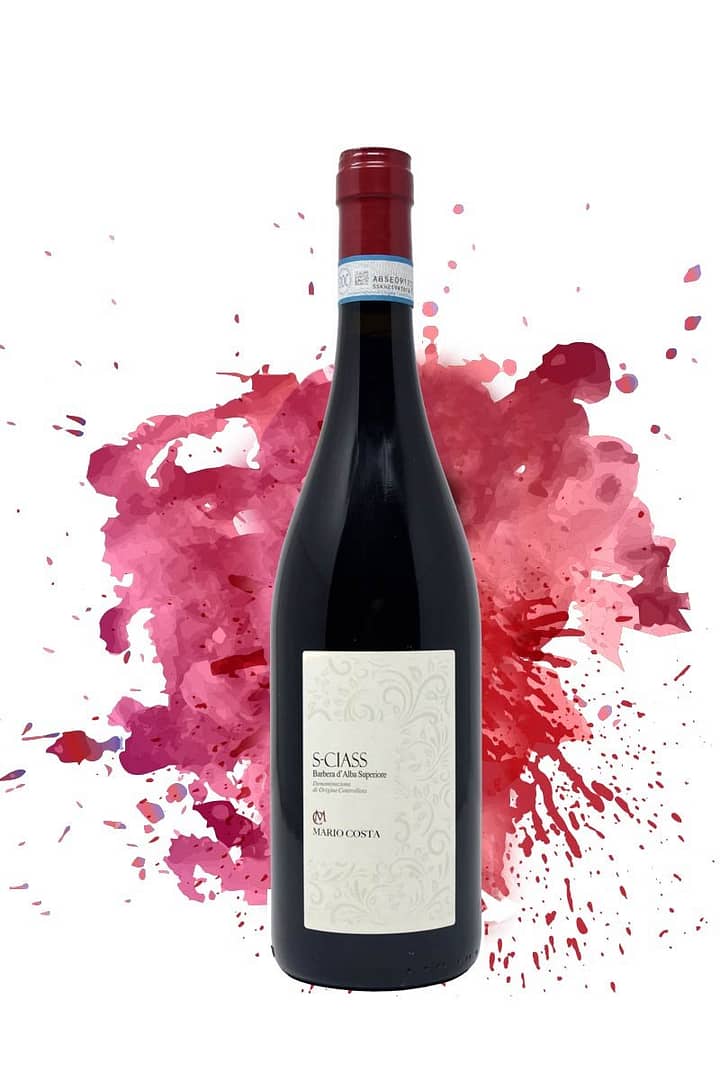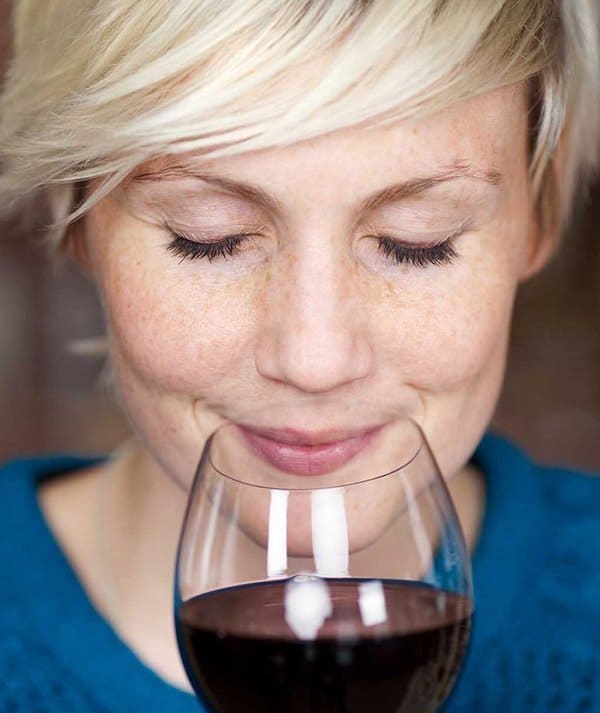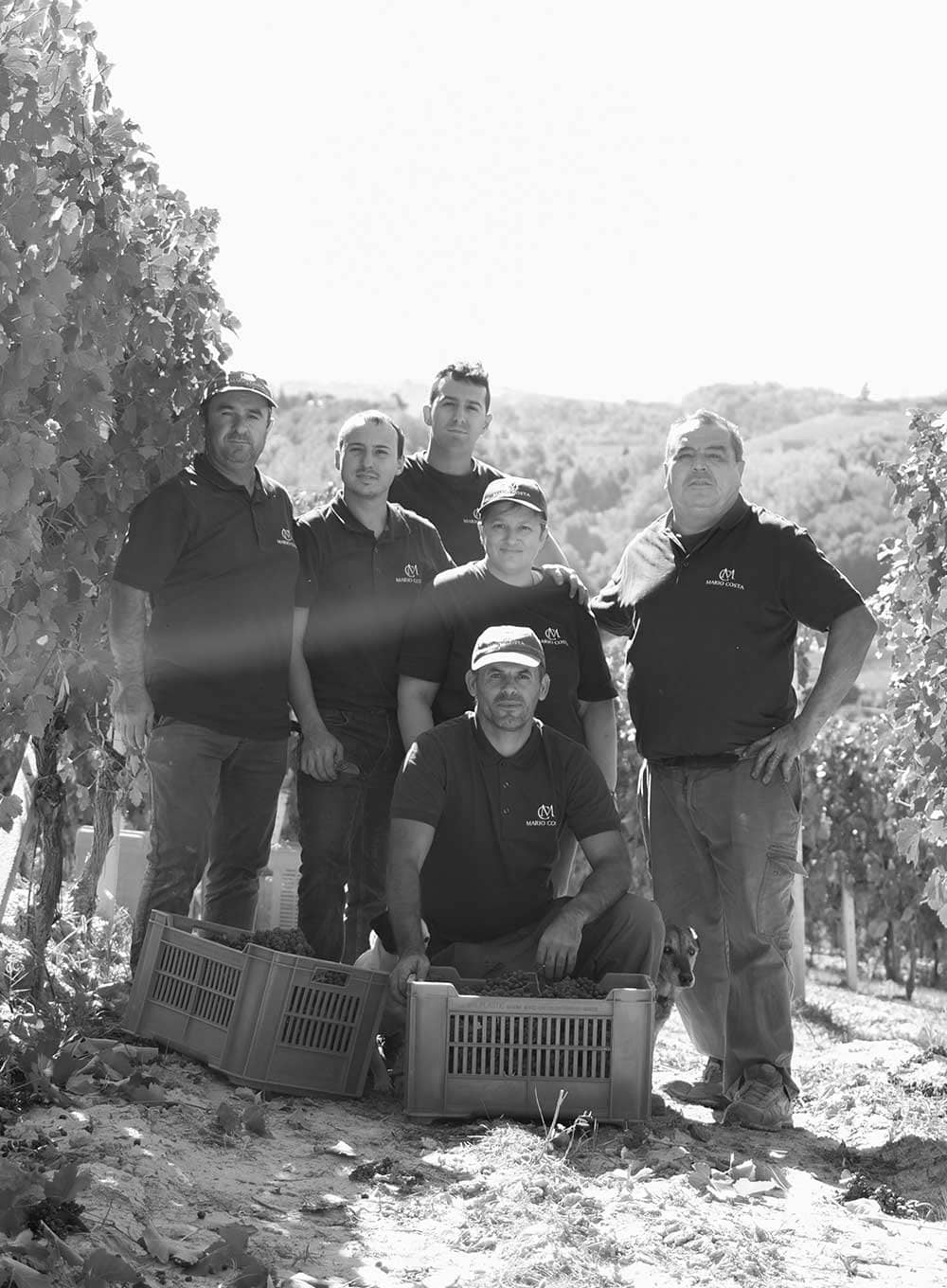| Grapevine | 100% Barbera |
|---|---|
| Production area | Canale, Roero |
| Name | DOC |
| Altitude | 300 m a.s.l. |
| Exposure | South - East |
| Soil | Sandy |
| Breeding | Counter-espalier |
| Pruning | Guyot |
| Bottle format | 75 cl |
Barbera is the grape "par excellence" of Piedmont. It represents about 55% of the wine produced in this region.
This Barbera d'Alba Superiore comes from a robust and undemanding grape, flexible in its acclimatisation. It has a typically intense ruby colour, with low, invigorating tannins. And it obviously has a high level of acidity.
Unlike many other red grapes in Piedmont, Barbera has a relatively long waiting time on the vine and this gives the wine many rich, dense flavours. These are particularly enhanced in this Barbera Superiore. Because of its high acidity, you should try it with rich, fatty foods and dark meats.
A curiosity: Barbera was less 'respected' than Nebbiolo, so it was diverted to slightly less desirable positions. In any case, today Barbera - and its noblest and most precise declination, i.e. "Superiore" - has conquered an attentive and demanding public.
Barbera originated in the hills of Monferrato, in central Piedmont. Perhaps from the 13th century. Documents from the cathedral of Casale Monferrato between 1246 and 1277 detail lease contracts for vineyards.







